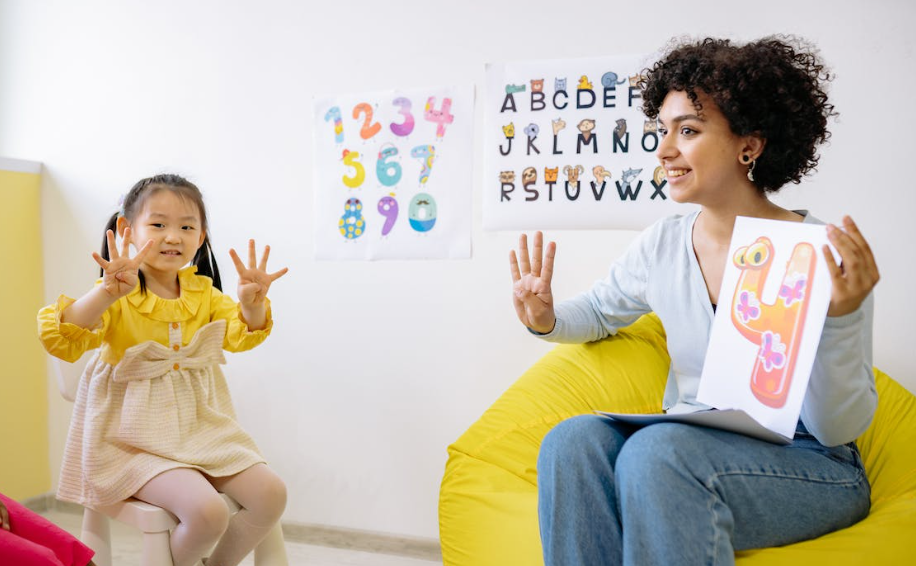
In recent years, the conversation around support for children with autism has broadened significantly, embracing a diverse range of therapeutic approaches. Among these, sensory playrooms have emerged as a vital tool in fostering the development and well-being of children on the autism spectrum. These spaces are designed to stimulate, engage, and soothe the senses in a safe, controlled environment, offering unique benefits to autistic children.
What is a Sensory Playroom?
A sensory playroom is a specialised area equipped with various interactive and sensory-stimulating items. These rooms are tailored to the sensory needs of each child, aiming to either calm or stimulate the senses. The equipment in a sensory playroom can range from soft play materials, tactile panels, and visual light effects to sound elements like music or nature sounds. The design of these rooms takes into account the unique sensory processing challenges that children with autism often face, creating an environment where they can explore and learn at their own pace.
Benefits of Sensory Playrooms for Autistic Children
One of the most significant benefits of sensory playrooms is their ability to provide a safe and controlled environment for sensory exploration. Children with autism often have difficulty processing sensory information. Some may be hypersensitive to stimuli, finding certain textures or sounds overwhelming, while others might be hyposensitive, seeking out intense sensory experiences. Sensory playrooms offer a middle ground, where children can engage with sensory stimuli in a way that is comfortable and beneficial for them.
Another key advantage is the development of fine and gross motor skills. Sensory play often involves activities that require coordination and focus, like stacking blocks, playing with sensory bins, or navigating through soft play obstacles. These activities help in honing the motor skills of autistic children, which are crucial for their overall development.
Integrating Sensory Playrooms in Daily Life
Integrating a sensory playroom into the daily life of a child with autism can be a game changer. It provides a consistent and reliable space for them to retreat to when they feel overwhelmed or need to decompress. Parents and caregivers can use these rooms as a tool to help children learn how to self-regulate their emotions and responses to sensory input.
Moreover, sensory playrooms are not just beneficial for the child but also for the family as a whole. They offer a shared space where families can engage with their child in a fun and supportive environment, strengthening bonds and improving communication.
Selecting the Right Sensory Elements
The key to creating an effective sensory playroom is understanding and catering to the specific needs of the child. This might involve consulting with occupational therapists or special education professionals who can provide insights into the most suitable sensory inputs. For families looking for more information on creating a tailored sensory environment, exploring support for children with autism can be an invaluable step.
In addition to professional advice, it’s important to observe the child’s reactions to different stimuli. Some children might find certain textures or sounds particularly soothing, while others may have adverse reactions to the same stimuli. Tailoring the playroom to the child’s individual preferences and needs is crucial for its effectiveness.
Conclusion
Sensory playrooms offer a dynamic and nurturing space for children with autism to explore and engage with the world around them in a way that is tailored to their sensory needs. These rooms not only assist in sensory processing and motor skill development but also provide a safe haven for emotional regulation and family interaction. By understanding and catering to the unique needs of each child, sensory playrooms can become a cornerstone in the support and development of children with autism.
